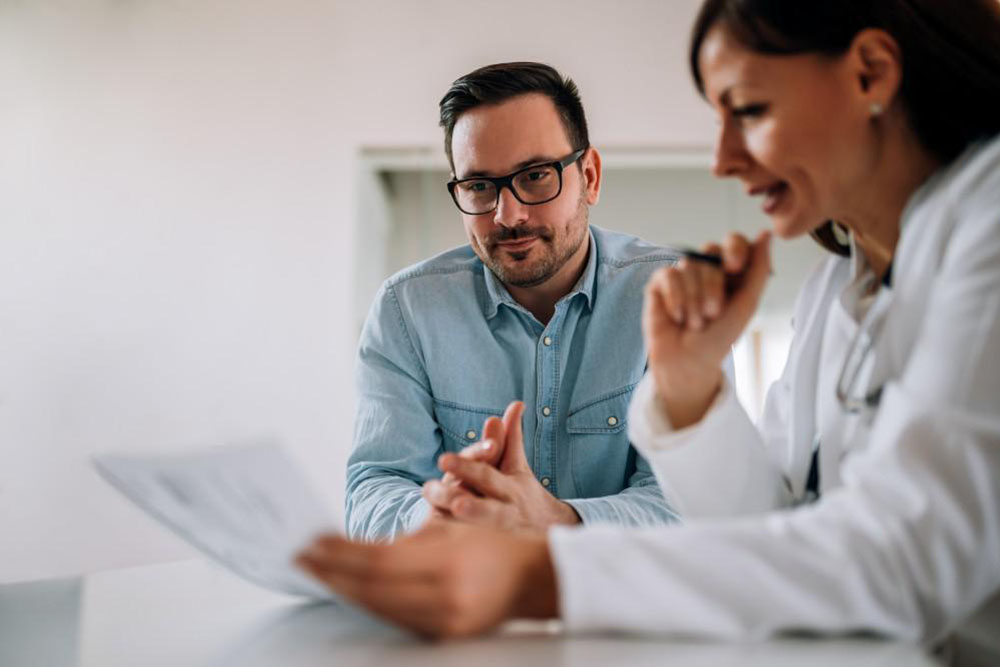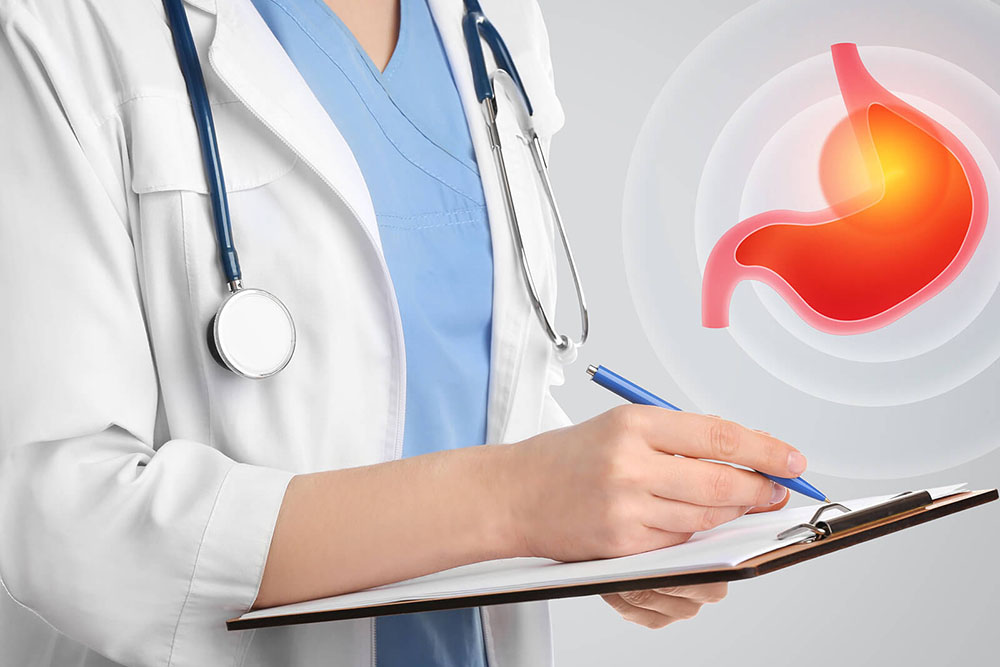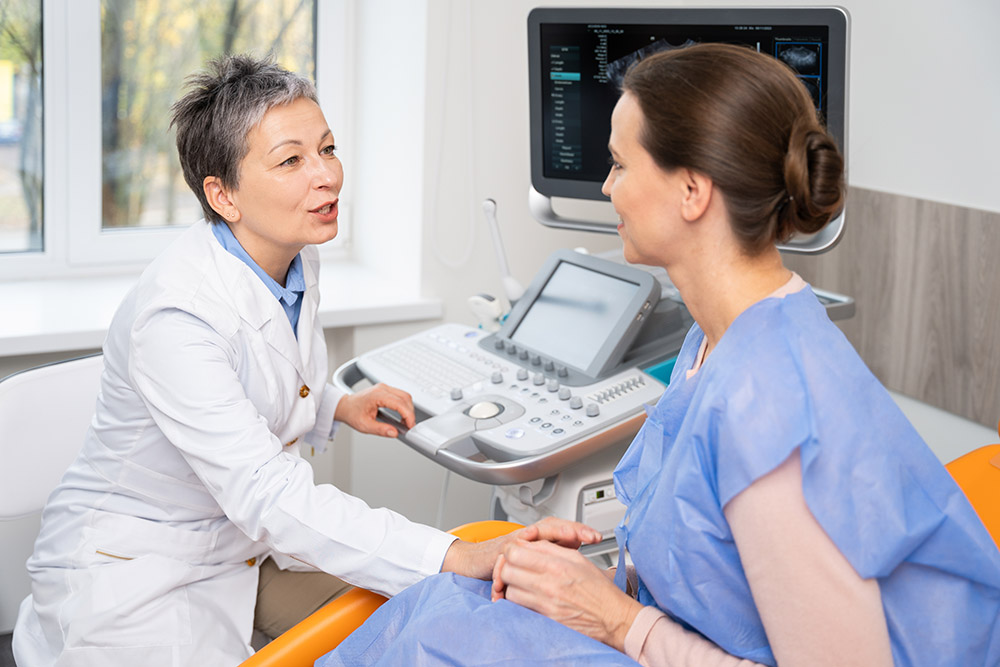What Is Lymphoma?
Lymphoma is a type of cancer that affects the lymphatic system. This system includes your lymph nodes, spleen, and other parts that help fight infection.
In lymphoma, certain white blood cells (called lymphocytes) grow abnormally. These cells can build up and spread to other areas if not treated early.
Common Causes and Risk Factors
- Age and gender: certain types are more common in older adults or younger people
- Family history: having a close relative with lymphoma
- Weakened immune system: from HIV infection, transplant medications, or chronic illness
- Infections: such as Epstein-Barr virus (EBV) or Helicobacter pylori
- Chemical exposure: long-term contact with certain industrial chemicals
Signs and Symptoms
- Swollen lymph nodes in the neck, underarms, or groin
- Unexplained fevers and night sweats
- Persistent fatigue or weakness
- Unintentional weight loss
- Itchy skin or unexplained red spots
- Abdominal pain, nausea, or digestive problems
- In women: lumps near the breasts or underarms, or unexplained bruising
How Dr. Rishi Chadha Diagnoses Lymphoma?
Step-by-Step Diagnostic Process
1. Medical History & Physical Exam
Dr. Chadha reviews your symptoms, risk factors, and palpates lymph nodes for swelling or tenderness.
2. Blood Tests
Complete blood count and immune marker panels help detect abnormal lymphocyte levels and rule out other causes.
3. Imaging Scans
CT scans, ultrasound or PET/CT are used to identify enlarged lymph nodes or organ involvement.
4. Biopsy
A needle-guided or endoscopic tissue sample confirms the presence and type of lymphoma cells.
5. Bone Marrow Examination
In select cases, a bone marrow biopsy determines whether lymphoma has spread to the marrow.
Frequently Asked Questions
What is lymphoma?
Lymphoma is a cancer that starts in white blood cells called lymphocytes, affecting the lymphatic system including lymph nodes, spleen, and other infection-fighting parts.
What are the warning signs?
Common warning signs include swollen lymph nodes in the neck, underarms, or groin; fevers and night sweats; fatigue; unexplained weight loss; itchy skin or red spots; and digestive issues like belly pain or nausea.
How many types are there?
Lymphoma is broadly grouped into Hodgkin lymphoma (classic and nodular types) and non-Hodgkin lymphoma (including large B-cell, follicular, mantle cell, T-cell, and other subtypes).
How is lymphoma diagnosed?
Dr. Chadha's diagnostic process includes a medical history and physical exam, blood tests, imaging scans (CT, ultrasound, PET/CT), a tissue biopsy (needle or endoscopic), and sometimes a bone marrow test.
How is lymphoma treated?
Treatment may involve chemotherapy, immunotherapy, targeted therapy, antiviral medicine (if linked to an infection), radiation therapy, endoscopic or laparoscopic procedures, and stem cell or bone marrow transplant, combined with lifestyle support.
Can food help with recovery?
Yes. Eating nutritious meals with fruits, vegetables, and lean protein helps support your body during treatment and recovery.
Can lymphoma be cured?
Many cases can be brought into remission-especially when treatment begins early.
How long does treatment last?
Duration varies by lymphoma type and stage. Some patients complete treatment in a few months; others may need longer, individualized plans.
Do I need a referral to see Dr. Chadha?
No referral is required. You can call GastroDoxs directly to schedule an appointment or ask your primary care doctor to refer you.
Where is Dr. Chadha's office?
Dr. Chadha treats patients at GastroDoxs clinics in Montrose and Memorial City, Houston, Texas.











